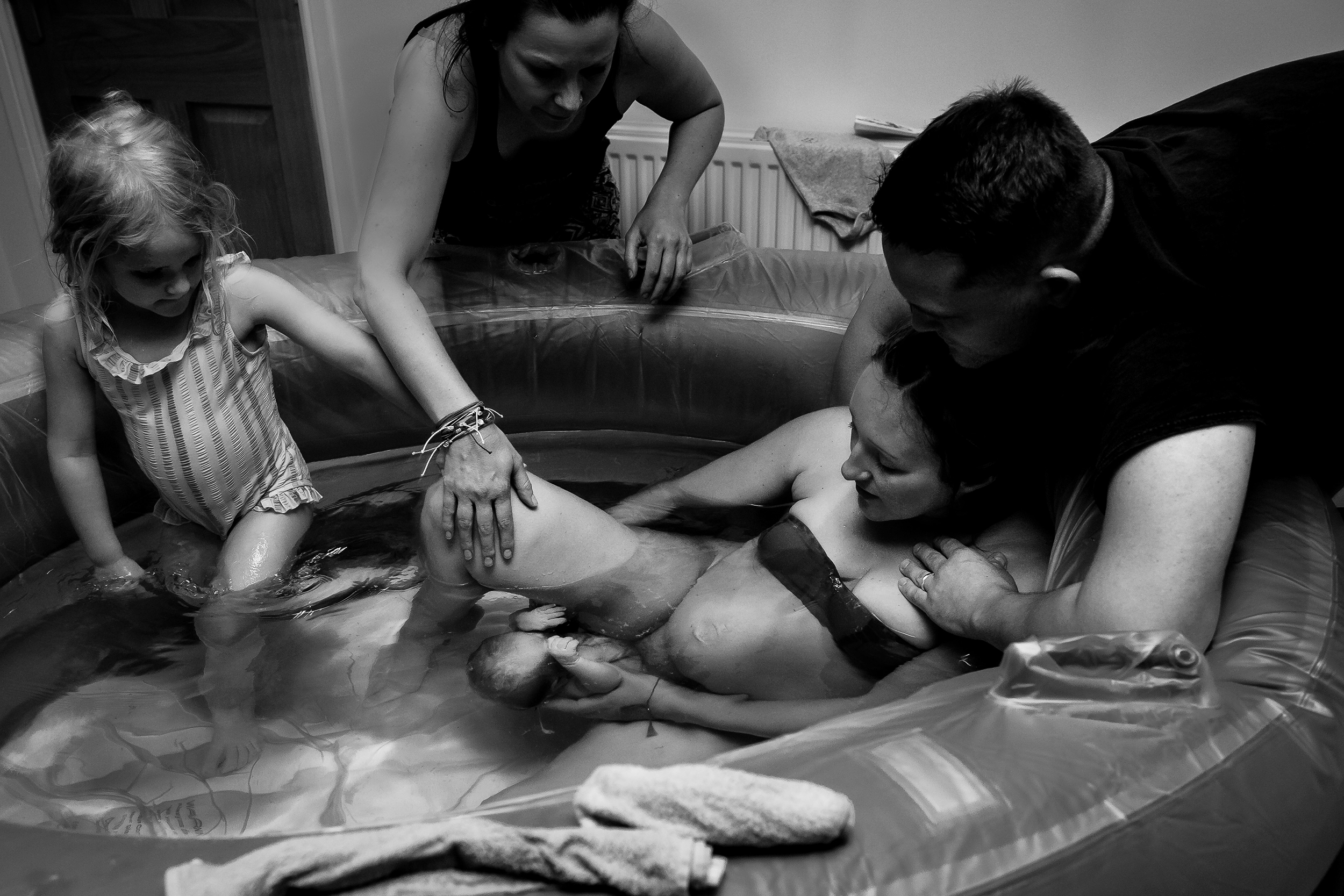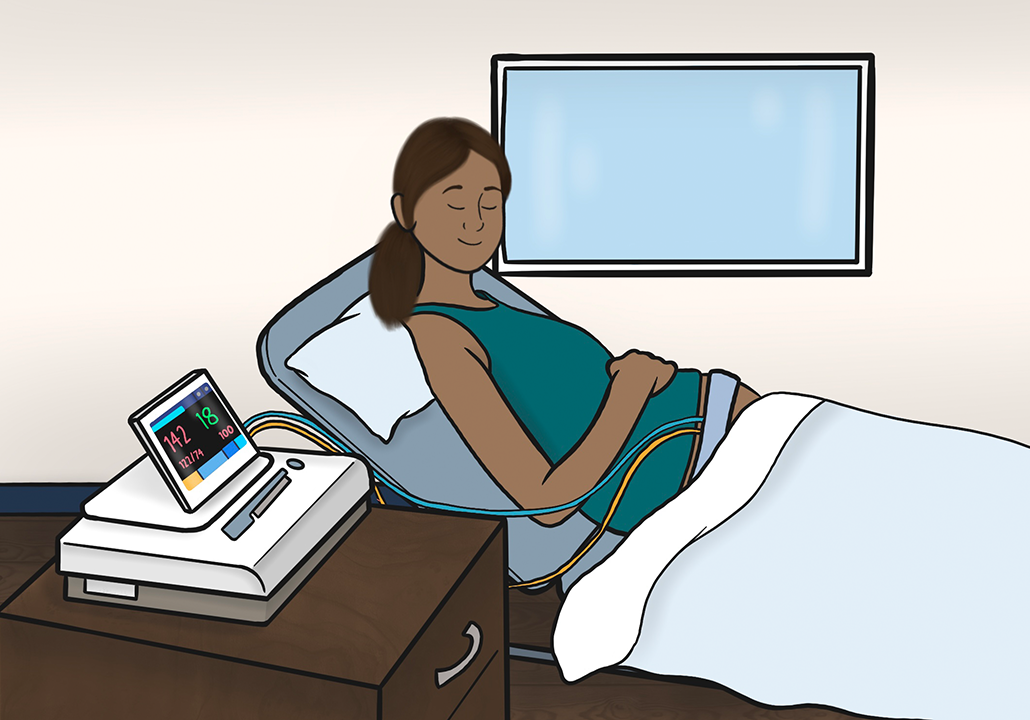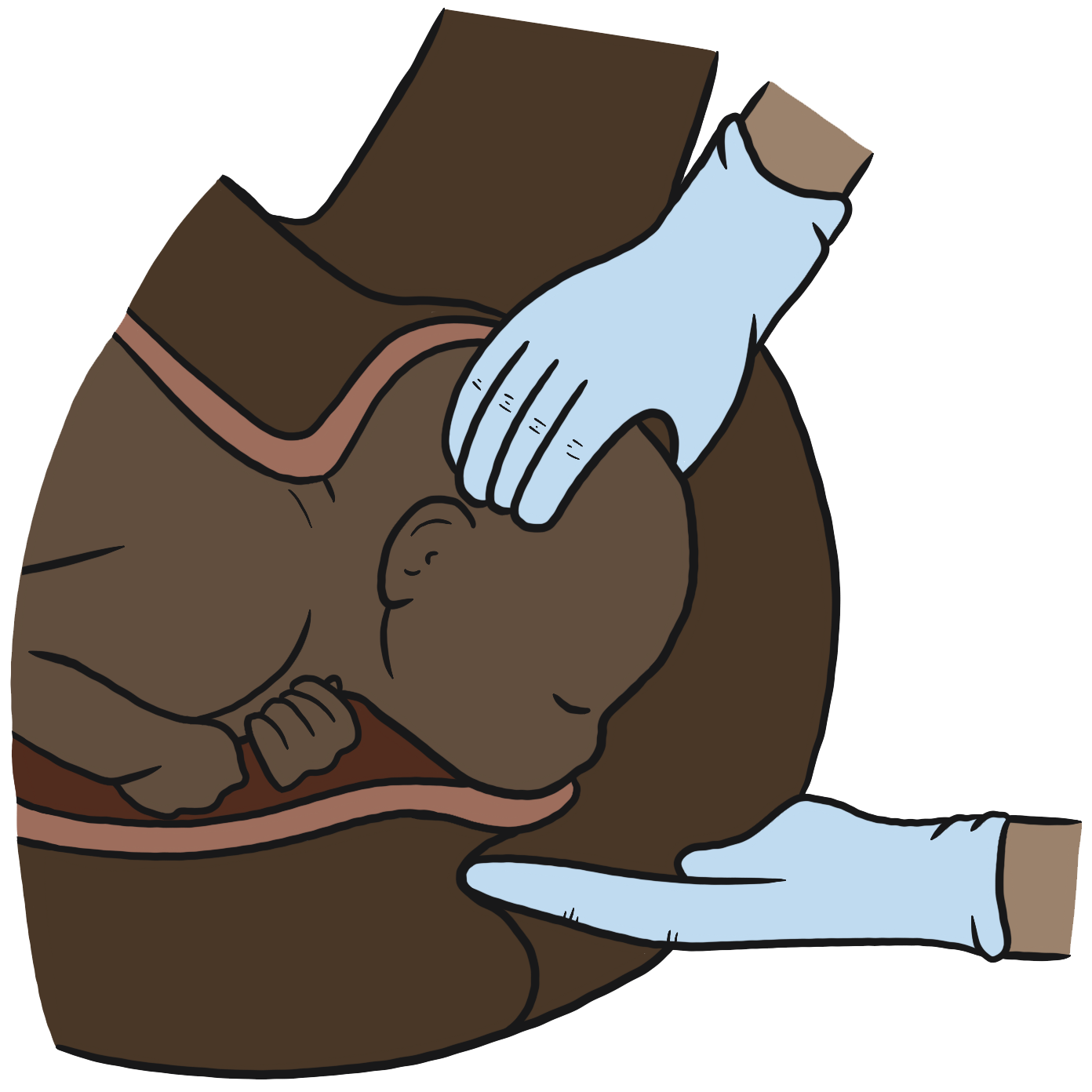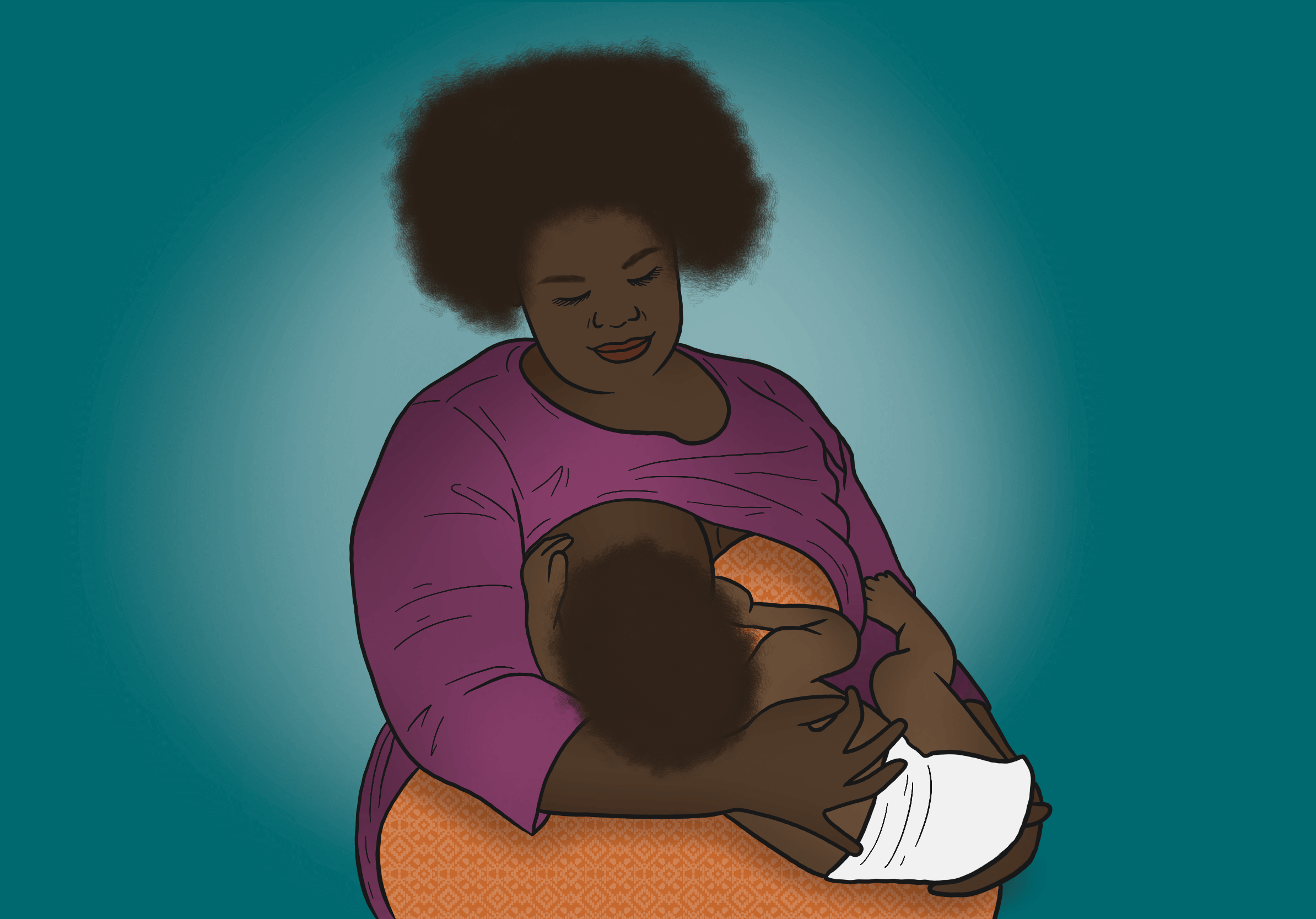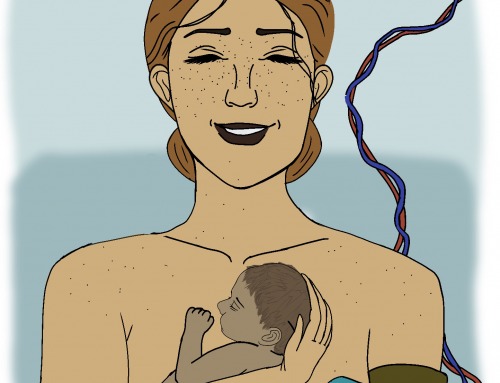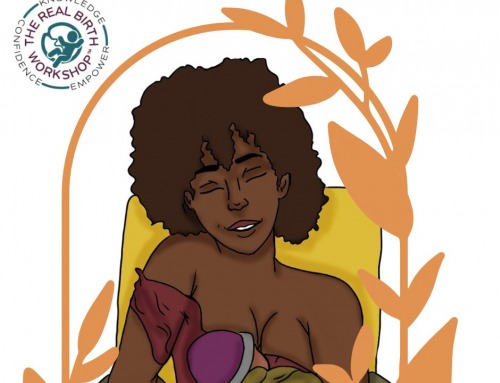How to confidently talk to antenatal class clients about Freebirth
Freebirth can be a controversial topic, some people find it a difficult one to discuss with antenatal class clients. People often hold strong opinions either way, finding out what really is legal and what isn’t can be tricky.
However, with home birth services being withdrawn due to pressures on the maternity and ambulance services, and many women and people deciding that they don’t want to birth in hospital as they are concerned about becoming infected with Covid during their stay, Freebirth is being mentioned more and more. This blanket removal of homebirth services in some areas, has an impact on the birthing community and has had a significant impact on choice1
The subject of freebirth is now more likely to be something that comes up during your Real Birth Programme training and the antenatal workshops you will be taking. Having information and signposts to hand can help you to comfortably navigate the subject and provide invaluable support and information to your antenatal class clients.
The Real Birth antenatal teacher’s role isn’t to tell people what to do, but to provide information, and to create a safe space to share thoughts and ideas. The responsibility for their baby’s birth lies with the parents themselves, and making freebirth as safe as possible includes parents having access to high quality information as part of their decision making, to help them make the right decision for them. So, don’t shy away from this issue!
What is ‘Freebirth’?
There is no one specific definition, but many people who freebirth define it as a birth where a positive choice was made to give birth without a midwife or obstetrician present.
Several studies around freebirth and the choice to birth without a health care professional has shown to be often multi-layered 2, with varied motivations behind this planned choice, we will look at some of these through this article.
Sometimes, people give birth alone because the hospital refuses to send out a midwife and they do not want to go into hospital to give birth. Feeling forced to go into hospital for a pregnant women or person, could be equally distressing or more distressing than the thought or option of freebirth.
While this is often called freebirth, it isn’t the first choice for this family, and so some people define this as an abandoned birth, whereas others still use the term freebirth.
It’s fine to use whatever language feels right and accurate to you, but be aware that sometimes people will want to use different terms to describe their own situations or experiences.
Freebirth and the law
There is no law which says that a woman or person has to have registered midwife or doctor at their birth. ‘Registered’ means a midwife who is registered with the Nursing and Midwifery Council (NMC) or a doctor who is registered with the General Medical Council (GMC) and is allowed by their registrar to practise.
Furthermore, there is a court ruling which states that women are free to birth where they want to. In 2010, The European Court of Human Rights (ECHR) ruled that women in countries which operate under its jurisdiction may decide where they wish to give birth3. Despite the UK now having left the EU, we are still under the authority of the ECHR and this ruling still stands.
In the UK, our own law states4:
“A person other than a registered midwife or a registered medical practitioner shall not attend a woman in childbirth.”
(The Nursing and Midwifery Order 2001, 45, paragraph 1)
This is often, understandably, misinterpreted to mean that no one may be with the birthing woman or person while they give birth unless they are a midwife or doctor, but of course almost every birth has someone present, in fact usually several people, who are not midwives or medical practitioners. If this law were to be actually applied using the vague language that it was written in, everyone – father or other parent, grandmother, doula – would be banned from the birth room!
What “attend a woman” is interpreted to mean is, ‘a person may not act as a registered midwife or obstetrician during a birth (ie undertake midwifery or obstetric interventions), or to try to pass oneself off as a registered midwife or obstetrician’.
This leaves what is permitted open to great interpretation, and there is another facet of this puzzle to consider, which is a sub-heading of this law which states:
(2) Paragraph (1) does not apply—
(a)where the attention is given in a case of sudden or urgent necessity
This is known as the Samaritan clause and means that if a person who is not a midwife or doctor is at a birth, and a medical intervention is needed in an emergency, then this may be undertaken by someone who is there. This does not mean that they would have automatic protection from the law, but it would cover most cases of intervention which was performed in an emergency by someone who was not a registered midwife or doctor.
It is therefore clear that the law is not intended to stop a woman or person from deciding who she wishes to have with her at her birth, even if none of those people are midwives or medical practitioners. Instead it aims to protect women and people from someone who is pretending to be a qualified and registered midwife or doctor, but, in fact, isn’t.
Because the law is so vaguely written, it is not possible to give assurances that someone who is at a birth with a woman or person won’t be prosecuted, and of course this article is not intended to give legal advice, however it should clarify the intention of the law to help people to make their own decisions.
Midwives attending in an emergency
Because registered midwives must be insured to attend births, people who are midwives must be very careful to ensure that they are protected by insurance even if they are at the birth in a non-midwifery role, for instance with their own daughter, or with a friend. This does not apply to midwives who are no longer on the NMC register.
In theory, if a midwife attends a freebirth in an emergency (for instance, if a woman who is freebirthing calls for help from a friend who is a midwife if she feels she needs midwifery care), or if a midwife provides midwifery care at any birth when she or he does not have insurance for that birth (for instance, if she or he was at the birth of a friend or relative where another insured midwife was providing the midwifery care) , she or he should be protected by the Samaritan clause. However, it is still likely that they will be investigated by the Nursing and Midwifery Council (NMC).
Families should be aware of this when they are planning who they may or may not wish to have with them at their birth.
Is Freebirth safe?
Women and people decide to freebirth for many reasons, and, for them, the decision to freebirth is their safest option.
The word ‘safety’ has many different meanings, and it will mean different things to different families. As said at the beginning of this article, many people who birth without a midwife or doctor would have preferred to have had a midwife attend them at home. Freebirth, or unattended birth, may not have been their preferred option. However, the risks of a hospital birth are, for them, more concerning that the chances of not being able to deal with a possible emergency at home.
Right now, those risks include the real and present issue of Covid-19, but outside of the pandemic may include a previous traumatic experience. For others, their confidence in their body’s ability to birth safely means that they don’t want the risk of iatrogenic (medically-caused) harm. With rates of obstetric intervention increasing in hospitals 5 , including increased levels of monitoring be that antenatally or during birth, people who wish to not have these interventions are choosing to remain in a familiar environment.
Almost all women and people who choose to freebirth are prepared to seek medical or midwifery assistance if it’s needed, and almost all are extremely well researched and have made an informed decision that freebirth is the best option for them, given the situation that they are in.
It is important to ensure that whatever your own personal experiences or opinions, you support the safe discussion of freebirth without trying to guide parents towards or away from it. It is not the antenatal teacher’s responsibility to encourage or discourage freebirth, but instead to provide an environment where attendees can discuss their thoughts and feelings while still remaining respectful of each other’s positions.
The right to transfer to hospital
If a woman or person is booked with their local hospital for their pregnancy, they should have no difficulty in transferring to hospital for midwifery or obstetric care should they need it before, during or after their labour. The same applies if the woman or person goes into labour outside of the area they are booked into – they can simply go to their nearest hospital, anywhere in the UK.
If a woman or person is not booked with their local hospital, they are entitled to care anyway. Unfortunately, some hospitals consider not having booked during pregnancy to be a child protection issue.
This is very distressing to pregnant women and people, creating additional conflict and tension6. There is no legal requirement to advise the medical system of a pregnancy, and the baby has no legal rights until born, but currently the Family Courts are not necessarily upholding this right if a Child Welfare case is brought to them.
Families may wish to be aware of this risk if they are not planning to book with the NHS, or, if they are obtaining care solely with non-NHS midwives, they may wish to consider booking with the NHS just to smooth the path, even though they are not obliged to do so.
Where can I find out more about Freebirth?
We hope that this article has given you more confidence about talking to your antenatal class clients about Freebirth. If you would like to read more, or share some links with your clients, here are a few places to start.
AIMS – Birth Information Page: Freebirth, Unassisted Childbirth and Unassisted Pregnancy: https://www.aims.org.uk/information/item/freebirth
This article by Gemma McKenzie clearly explains the rights and responsibilities of parents who are considering freebirth, including what is required by law to notify the birth and register the baby.
Gemma also provides links to important resources on freebirth, including some must-read articles on the subject.
See Birthrights, Coronavirus – How Will It Affect My Rights to Maternity Care?
Caerphilly Doula Samantha Gadsden’s Freebirth module:
The Freebirth and Emergency Childbirth group is an empowering, informative space; a circle of birth workers and women and people who are pregnant or who have given birth who have come together to provide information and support to each other to prepare for both planned freebirth and unexpected birth at home without a midwife. This is a Facebook group with integrated course modules. It’s £35 for pregnant women and people to join, and £50 for birth workers who wish to learn more about freebirth.
Freebirth – Self directed pregnancy and birth:
This book by Sarah Schmid was translated to English from the original German by Deborah Neiger.
There are a few books on freebirth available, and this is, overall, a good one.
References:
- Sage Journals accessed 20.01.2021 https://journals.sagepub.com/doi/full/10.1177/0968533220955224
- McKenzie G, Robert G, Montgomery E. Exploring the conceptualisation and study of freebirthing as a historical and social phenomenon: a meta-narrative review of diverse research traditions. Med Humanit. 2020 Dec;46(4):512-524. doi: 10.1136/medhum-2019-011786. Epub 2020 May 2. PMID: 32361690; PMCID: PMC7786152.
- Ternovszky V Hungary: https://hudoc.echr.coe.int/eng#{%22dmdocnumber%22:[%22878621%22],%22itemid%22:[%22001-102254%22]}
- The Nursing and Midwifery Order 2001: https://www.legislation.gov.uk/uksi/2002/253/article/45/made
- P. Brocklehurst, ‘Perinatal and Maternal Outcomes by Planned Place of Birth for Healthy Women With Low Risk Pregnancies: The Birthplace in England National Prospective Cohort Study’, British Medical Journal343 (2011), p. d7400.
- C. Feeley and G. Thomson. ‘Tensions and Conflicts in “Choice”: Womens’ Experiences of Freebirthing in the UK’, Midwifery 41 (2016), pp. 16–21.
Pictures by:
Badass Photography – https://www.badassbirthphotography.com/
